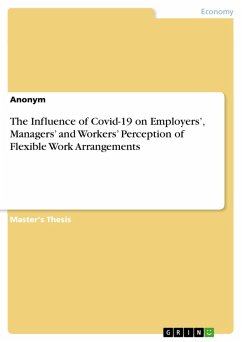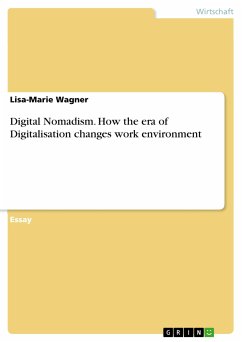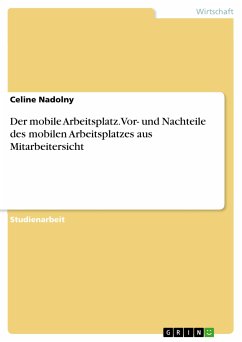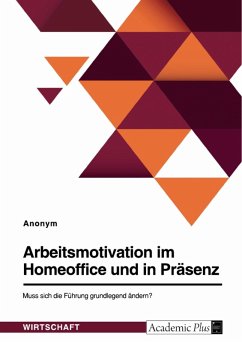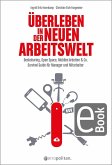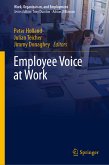Master's Thesis from the year 2020 in the subject Business economics - Business Management, Corporate Governance, grade: 1,7, University of Bamberg, language: English, abstract: During the Covid-19 pandemic, the characteristics of flexible work arrangements changed from mainly voluntary to compulsory. Previous studies have mainly focused on quantitative surveys. However, no research has been conducted to date into whether and to what extent the perception and the effects on subjective well-being differ between the levels of hierarchy. To investigate the influence of the changed conditions, twelve professionals were interviewed. As the questioning is aimed in particular at differences with regard to the hierarchical level, four persons without leadership responsibility, four persons with leadership responsibility and four CEOs were included in the study. Within the framework of a mixed-method research design, semi-structured interviews were conducted and a accompanying quantitative questionnaires evaluated. The qualitative interview data analysis was based on the qualitative content analysis proposed by Mayring. The structure of this master's thesis is divided into several chapters, which will be briefly presented in the following. Chapter 2 describes the Affective-Events-Theory, which is the theoretical guideline of this thesis. Subsequently, it is explained why a high level of subjective well-being of employees is of great importance for a company and has consequences. Thereafter, for the current perception of the employees, flexible work arrangements and the various factors that contribute to this should be used, due to their topicality, to draw on studies shortly before the Covid-19 pandemic (2018 - 2019). In contrast to this, up-to-date studies on perception were presented and evaluated. Chapter 3 "Methodology" presents the research concept based on a mixed-method approach and describes the analysis's own approach using the qualitative content analysis by Mayring. In addition, this section will introduce the selection criteria and the sample of interview participants. In the fourth chapter, the nine content categories found and their results will then be presented and evaluated. In addition, the quantitative results of the questionnaires from the sample will be evaluated. Finally, the findings are merged and jointly evaluated and interpreted. Chapter 5 describes the implications for theory and practice and describes the limitations and directions for future research. Finally, the study is reflected on the scientific principles and an outlook on the future and current developments is given.
Dieser Download kann aus rechtlichen Gründen nur mit Rechnungsadresse in A, B, BG, CY, CZ, D, DK, EW, E, FIN, F, GR, HR, H, IRL, I, LT, L, LR, M, NL, PL, P, R, S, SLO, SK ausgeliefert werden.

